Analysis shows that young planets are soaked in cyanide soup given to life, which is spectacular
Author:Astronomy online Time:2022.07.17
Cyanide has an important role in the origin of life
What kind of substances are needed for planet formation
The molecules required for life are common in space.

A new study found that the universe may be full of molecules needed. These results come from the most comprehensive new stars around the history and the type and location of the chemicals in the dust in the dust.
The stars were born from the huge gas and dust cloud, and these gases and dust collapsed into a disc structure at their own weight. The center of the disc was heated by friction and pressure until it ignited a star with a fusion driver. At the same time, the surrounding material slowly gathered together to form an increasingly larger block.
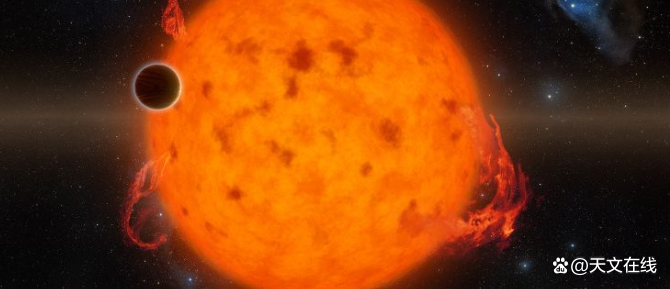
Kalin Oberg, a celestial chemist at Harvard University in Cambridge, Massachusetts, told "Life Science": "We already know that the planet is formed in the discs around the young star Related molecules. "
A few years ago, Oberger and her colleagues decided to use Chile's Atacama large millimeter wave/Asian millimeter wave array (ALMA) telescope. Observe in the radio part of the electromagnetic Pop. According to Alma scientists, due to their shape and internal chemical bonds, different chemicals vibrate in a unique way, producing obvious features that Alma can capture.

The team observed five original planets, between 1 million and 10 million years old, only a few hundred light years from the earth. "This means that they are in a period of active planet formation," Oberg said.
MAPS can not only determine the specific molecules in the original asteroid, but also determine their position. "Planets can be formed in many different places from stars," Oberg said, so it is important to understand which chemicals can be used to build these future planets.
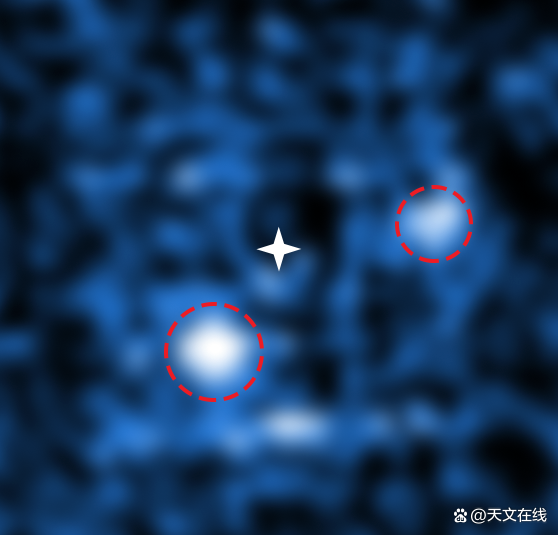
20 shocking papers from this huge surveying and mapping project will be published in the special journal of the Celestial Physics Newspaper Series. The first papers have been published on September 15th on the "Arxiv" (Arxiv).
"Surprisingly, there are a few explanations here, not a general answer," Oberg said. "I think these 20 papers provide some different explanations."
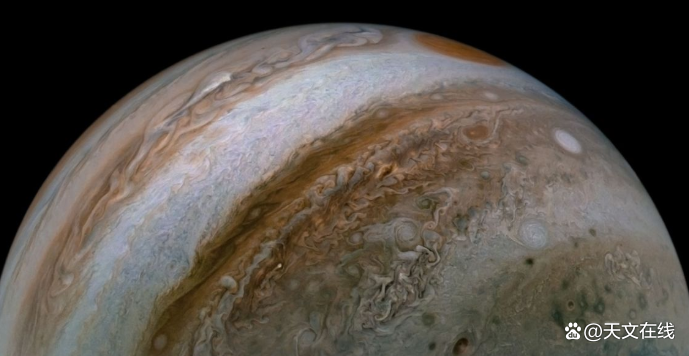
One of the most exciting discoveries for her is the abundance and distribution of molecules called cyanide. She said that the simplest member of this family is usually considered a poison, although many theories about the origin of life believe that this chemical substance plays an important role.
Oberg added: "Seeing a large number of such substances means that planets are forming the kind of soup we want to see," thereby promoting the emergence of life.
She said that cyanide also tends to concentrate on the interior and middle plane of the disc research on MAPS -the place where the planet is expected to occur.
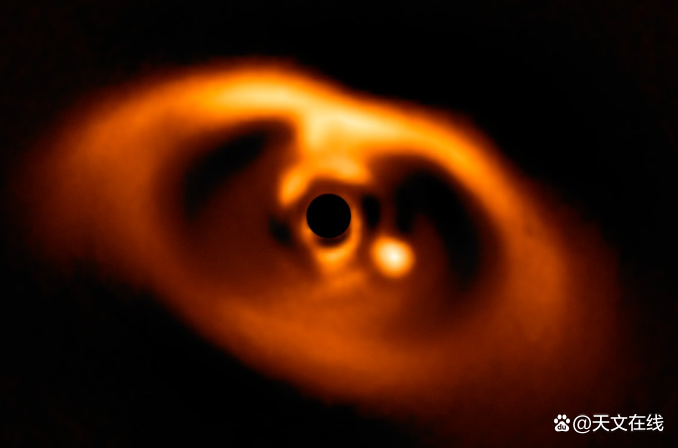
This molecular can only be formed in a large amount of carbon hypoxic environment, and Oberg added. This means that the birth of the planet will be accompanied by a carbon -rich atmosphere, which is another point that is conducive to the birth of life, because carbon is the basis of organic chemistry.
The results of the study show that at least some organic components that constitute life may exist in other star systems, but this is not necessarily that humans are more likely to find organisms in other places.
"From the perspective of life, this is very promising," Oberger said. "But there are still many jobs to do."

Biological needs a certain number of chemicals to spontaneously generate, and scientists have not yet reached an agreement on the formula required for life formation.
Catherine Aldviger, a planetary scientist at the University of Berne, who did not participate in this new job, said that in the past, people made a lot of efforts in understanding the chemical composition in the clouds that produce stars and analyzing the molecules in the asteroids and comets, these molecules, these molecules It may include information about the formation of the planet.
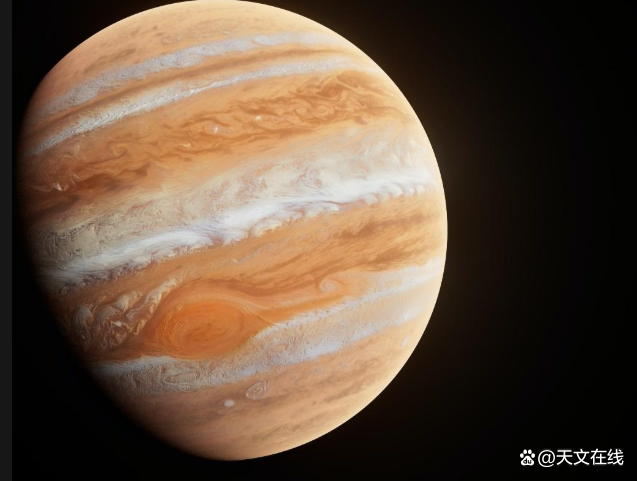
"But there is still a stage," Aldvig told "Life Science" -the stage to determine the chemical properties of the original star disk, the results of the project help to fill the details that have not been explored.
She added that these findings also showed that a large number of complex chemical formation process had occurred before the birth of stars and planets, which showed that these molecules came from Star Cloud, so they were widely distributed in space.
By: adam mann
Fy: Lan Duoduo
If there is related content infringement, please contact the author to delete after the work is released
Reprinted, please obtain authorization, and pay attention to maintaining integrity and indicating the source
- END -
Shanxi Provincial Department of Water Resources: Quickly arrange the implementation of strong rainfall prevention measures

At present, our province is about to enter the critical period of flood prevention...
awesome!sunshine!Swipe the screen!

In recent days, Rizhao has doubled the screen again!June 30Fifth China (Rizhao) Ne...